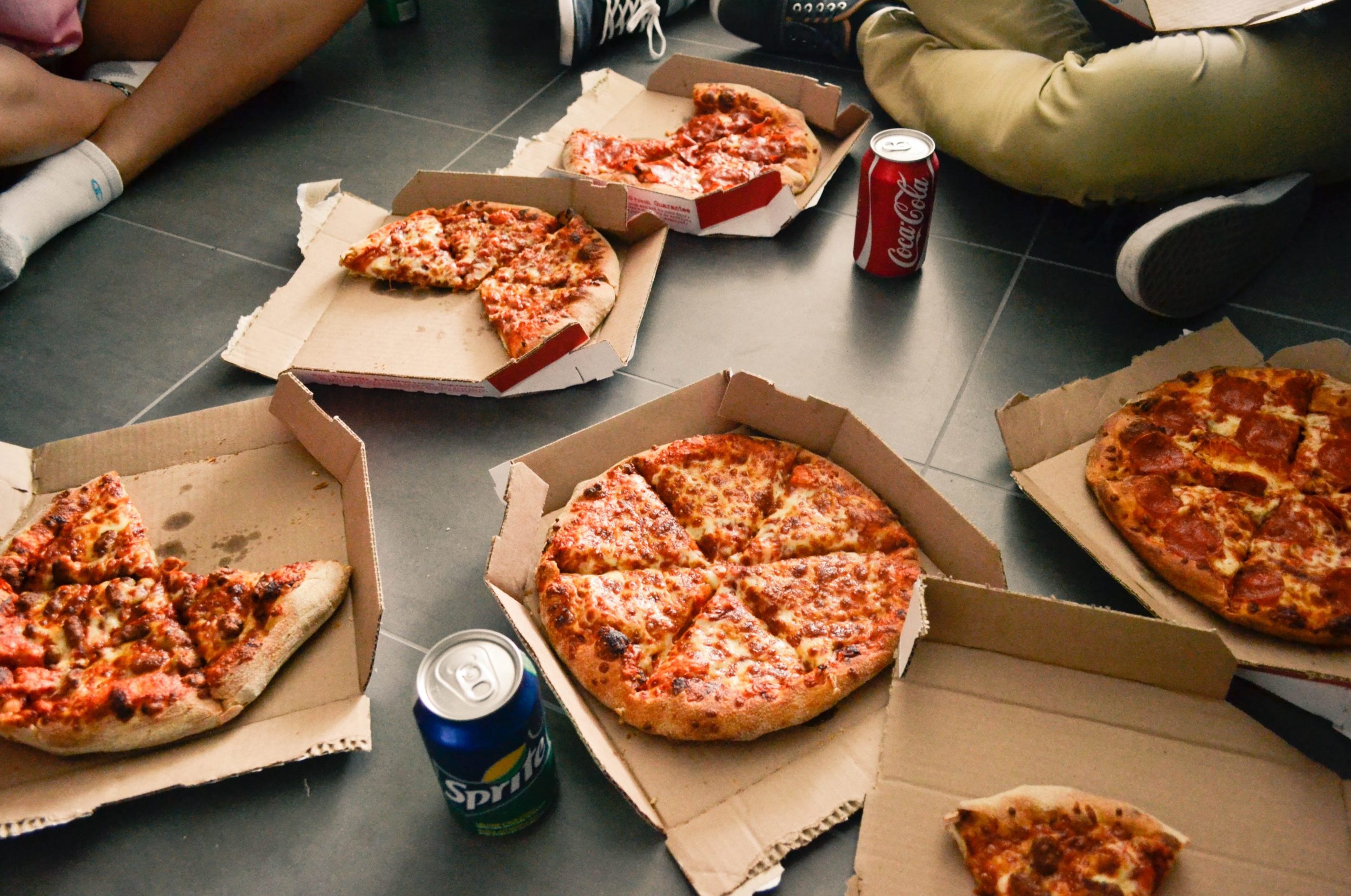Pizza Chains Usher in New Era in Delivery Through Third Parties

Photo Credit: Any way you slice it, pizza is the perfect delivery food. Unsplash
Skift Take
Papa John's and Pizza Hut partnering with DoorDash and Grubhub give them access to an entirely new consumer base each company needs. But they will need more than this to dethrone Domino's.
It used to be that pizza was one of the only meals diners could have delivered. But thanks to technology and enterprising delivery companies, seemingly every cuisine is now available for consumption at home.
Prominent chains like Domino's, Pizza Hut, and Papa John's have always handled delivery operations in-house. That is until Pizza Hut and Papa John’s recently jumped ship.
On its fourth quarter earnings call, Grubhub announced it had begun testing delivery with Pizza Hut in hundreds of its U.S. stores. Under the terms of the agreement, Pizza Hut will use its own delivery drivers to complete orders placed on Grubhub, the third party told Skift Table last month. Pizza Hut has also begun touting its Delco express store locations, which are more conducive to delivery.
Meanwhile, Papa John's — in the early stages of what it hopes is a market turnaround after some internal tumult and slipping to fourth behind Little Caesar's in net sales last year — announced a national delivery partnership with DoorDash this week. Papa John’s will offer delivery through DoorDash in 1,400 restaurants, and use the vendor’s network to reach more customers, it said in a statement. Some Papa John's locations are also on the Grubhub platform.
“Joining third parties certainly won’t hurt chains,” said David Portalatin, VP, food industry advisor at NPD Group, a market research firm. “In the world of restaurants, where foot traffic is flat, any source of new incremental customer traffic is welcomed.”
Cost Cutting And Free Marketing
Grubhub, DoorDash, and UberEats charge restaurants anywhere from 20 percent to 30 percent fees for their services. But larger chains that offer both scale and order volume can negotiate that number down. The result is a third-party delivery platform that is cheaper to operate for Pizza Hut and Papa John’s than continuing to run one on in-house, experts said.
Pizza Hut representatives did not respond to requests for comment, but the company has admittedly struggled to generate store traffic in recent quarters or get diners to leverage its technology. Papa John’s finds itself in a similar situation after comments made by former CEO & Chairman John Schnatter last spring did heavy damage to franchisees’ pocketbooks.
"A big component of this is marketing strategy as well," said Charles Chuman, VP of Sales, Americas, at CHD Experts, a provider of market intelligence data for the foodservice and restaurant industry. "Consumers trust the branding and names like DoorDash. If you are Pizza Hut and Papa John’s, you are capitalizing on the brand names of the largest delivery companies in the field."
Trouble for Domino’s?
Domino’s has publicly said delivery will remain an internal operation at the company, even as long-time competitors team up with established partners with large networks around it. The danger there is not taking advantage of a growing restaurant trend.
According to NPD Group, almost 40 percent of all delivery food orders by consumers are placed via third-party apps. By design these services feature different cuisines customers may want to try at any moment. Papa John’s and Pizza Hut offering their products on such platforms could give them a leg up over the number-one pizza chain in the U.S.
"That’s the risk Domino’s is taking because going on another app adds another stumbling block to ordering," said Chuman "They have to define [themselves] as the go-to place for pizza online, and that’s a hard thing to do."
But there are distinct advantages to having proprietary delivery too, Portalatin says. The biggest of which is control of customer data, a luxury restaurants often forfeit when partnering with third parties. With full control, Domino’s can prompt diners to try new menu items or limited time offers based on old order history.
"That’s the large prize [in proprietary delivery], being able to leverage customer insights," Portalatin said. "I don’t think Domino’s avoiding the third-party delivery trend will hurt in the end."
